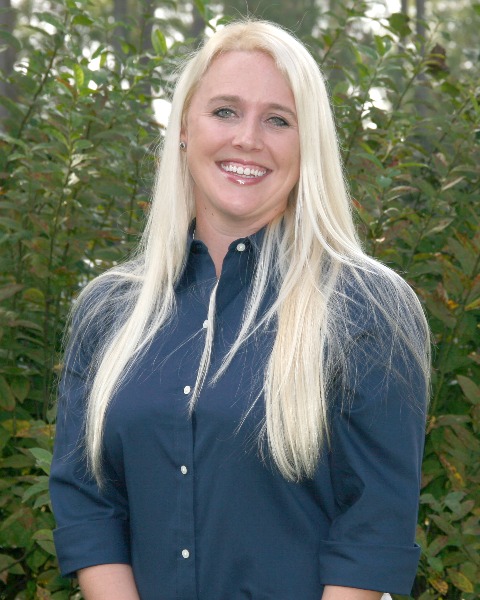Session: SSASAS: SERA 41 / SCC 81 Joint Symposium
450 - Economics and Feasibility of Legume Inclusion in Southeastern Perennial Grass-based Systems
Thursday, July 15, 2021
11:25 AM – 12:05 PM EST
Location: Kentucky International Convention Center (KICC), M104/M107
- CP

Jennifer J. Tucker, PhD
Associate Professor
University of Georgia, Department of Animal Science
Tifton, Georgia
Presenting Author(s)
Author(s)
Perennial grass pastures provide the basis for beef production systems across the Southeast United States. One common management practice that is widely recommended among agronomists is interseeding cool-season legumes. Legumes can serve as a complementary resource for filling in production gaps, reducing supplemental feedstuffs, reducing the need for nitrogen fertilization, increasing the nutritional quality of forage available, increase biomass production, improve animal performance, and can reduce the toxic effects of endophyte-infected tall fescue through dilution. A simulated economic analysis was developed to further the economic understanding of the cost of implementation, the subsequent animal and forage performance benefits, and net returns from the inclusion of legumes over many research trials and years. Data from 15 peer-reviewed papers was used to simulate the economic benefits of implementing this production practice. Cost of production and revenue for each paper were calculated using the 10-year average from 2010 to 2019. This analysis provides users with a further understanding of the net returns, critical breakeven areas, and return on investment that is necessary in order to successfully implement the inclusion of cool-season legumes in perennial grass-based systems.

.jpg)
.jpg)
.jpg)
.jpg)
.png)
.png)